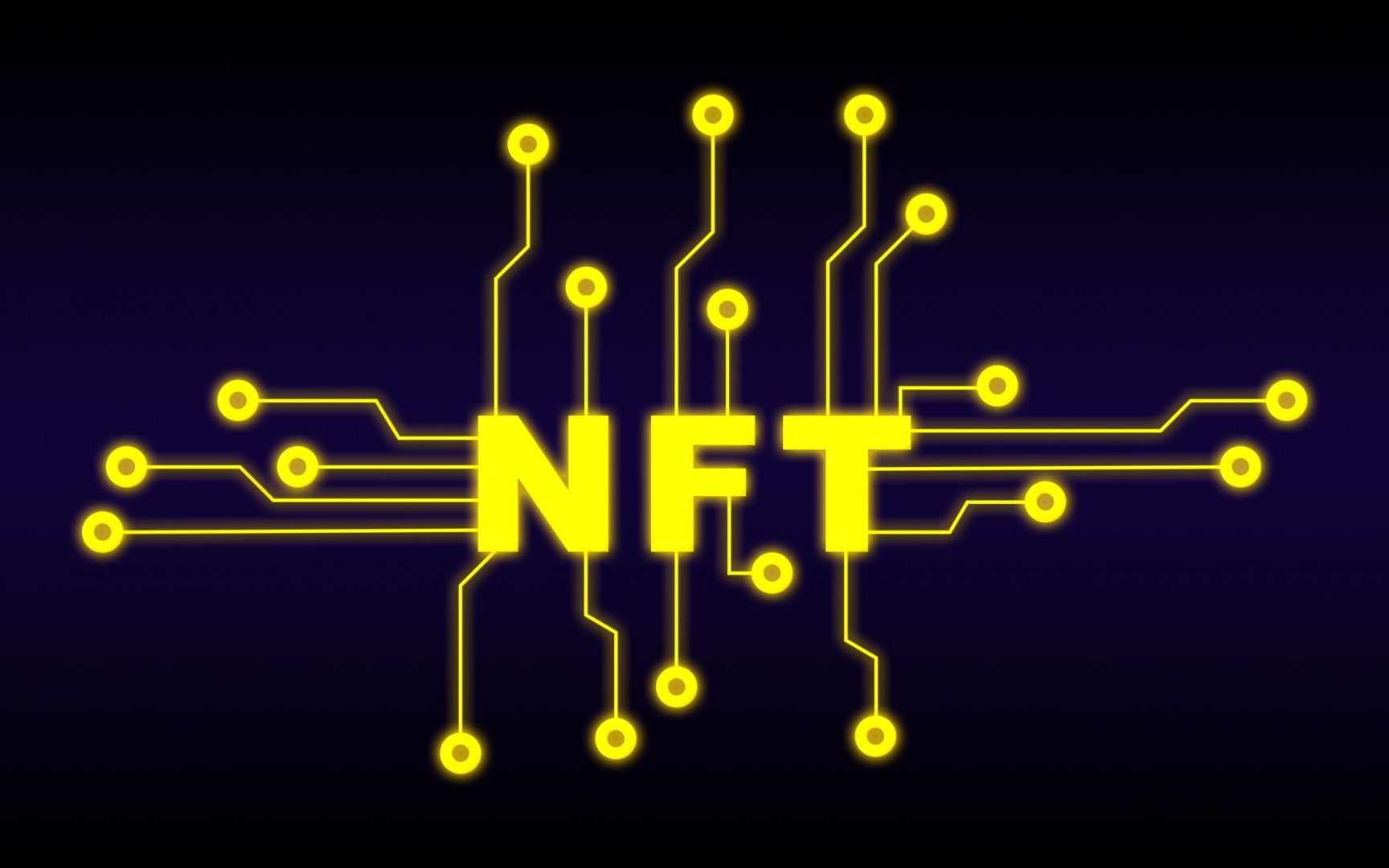A “blockchain” is a shared, distributed database or ledger across computer network nodes. A blockchain serves as a digital database for data storage. Blockchain is a peer-to-peer, decentralized, distributed ledger system that operates without the assistance of a third-party mediator, making any digital asset’s records transparent and unchangeable. It is a cutting-edge, revolutionary technology that has captured the public’s interest due to its scalable potential to remove risks and fraud.
Blockchain’s Working Mechanism
Blockchain carries out user transactions without the assistance of any middlemen. A wallet is all that is needed to complete transactions. Simply a tool that makes it possible to utilize cryptocurrencies like BTC, ETH, etc. These secured wallets allow the user to oversee and fully control the transactions.
A block reflecting that transaction will first be produced whenever a user initiates a transaction on a blockchain network. The desired transaction is broadcast throughout the peer-to-peer network of computers, known as nodes after a block has been formed. Cryptocurrency, documents, contracts, or any other useful information are part of a confirmed transaction. After a transaction has been verified and merged with earlier blocks, a new data block is added to the ledger.
Establishing a secured block, which is encrypted and connected to earlier secured blocks using cryptographic principles, is the outcome of each new transaction. The security and immutability of the blockchain are shown each time a new block is created by adding it to the one that currently exists.
What is a node in Blockchain?
A blockchain node is a computer connected to a blockchain network that maintains a copy of each transaction and can carry out crucial tasks, including confirming and authenticating transactions. Different kinds of nodes may be present in blockchain networks. Light nodes, full nodes, super nodes, and lightning nodes are some of them. Here is a quick summary of some of the most significant node types:
Full Nodes
Since the platform’s initial transaction, full nodes have had the history and data relevant to every block. Full nodes form a blockchain’s foundation since they are essential for processing transactions.
Light Nodes
Light nodes contain little to no information. A light node only stores information relevant to the prior block to which it is linked; it does not save comprehensive information.
Super Nodes
Supernodes link complete nodes and aid in the dissemination of information so that everyone has access to the correct data. Supernodes control off-chain operations. They provide assistance, gateway services, validation, and authorization.
Lightning Nodes
A node on a lightning network is known as a lightning node. There are a few significant distinctions between lightning nodes and conventional nodes.
What Is A Blockchain Game
Games incorporating blockchain technology into one or more gameplay components are called “blockchain games.” Some games use the blockchain to maintain ownership of in-game assets, and some use the blockchain to power their whole universe. There are several degrees between these two extremes.
Minimum: Ownership Of Gaming Assets
Like every other game available, this one is run on a central server. In-game cosmetics linked to a blockchain currency can be purchased by gamers. This would be an NFT, or non-fungible token.
This indicates that the related digital asset is only accessible by the token’s owner. As a result, it is conceivable to be the sole owner of a digital blade in a role-playing game. Every transaction and token ownership are recorded on the blockchain, and everyone can see that only you are the owner of that specific token.
Moderate: Ownership And Economic Contribution
Users may be able to purchase NFTs in addition to generating assets on the blockchain. For instance, it’s absolutely conceivable for a game to produce a special sword randomly and let players pick it up. The item is then placed in the user’s game-connected bitcoin wallet after being picked up.
Users may also collect resources, gift-wrap them in-game, and then sell the package to other players in a public market powered by blockchain technology. The ownership of digital assets, asset trades, and the randomly generated creation of unique items all leverage blockchain technology, even if these games are still being administered on centralized servers.
Maximal: Complete Decentralized Governance
Everything mentioned above is used in the ultimate blockchain game, and the gameplay is built entirely on the blockchain. Every node verifies every decision someone makes. Cheating is thus nearly impossible. The game creator, however, also loses part of their usual control due to this.









